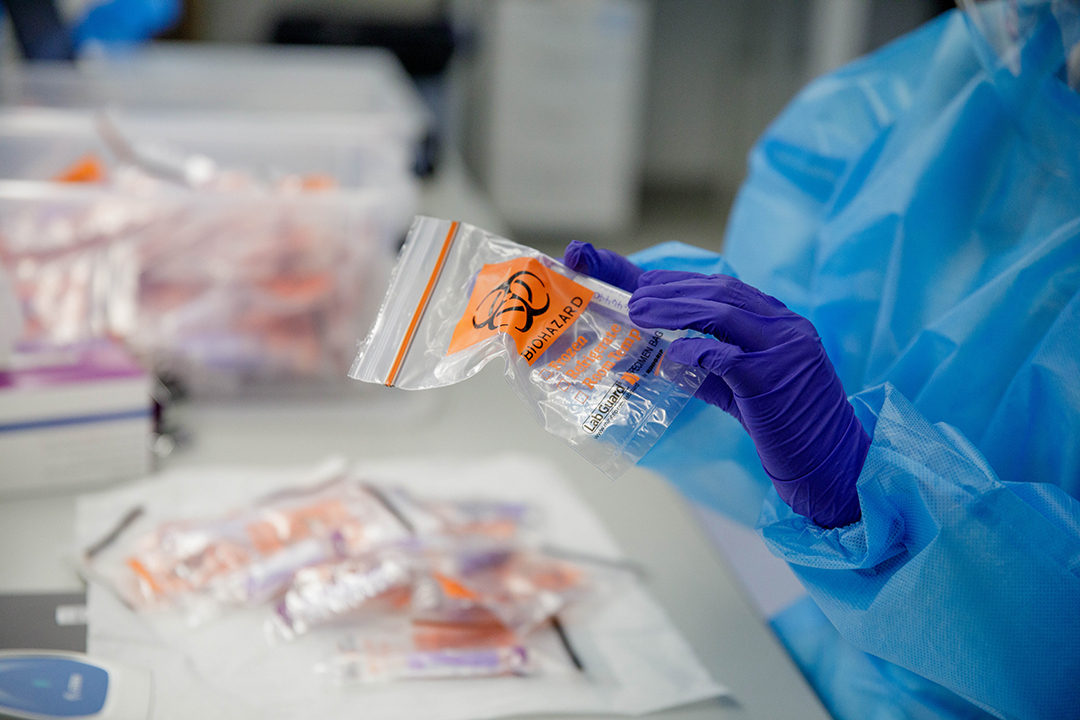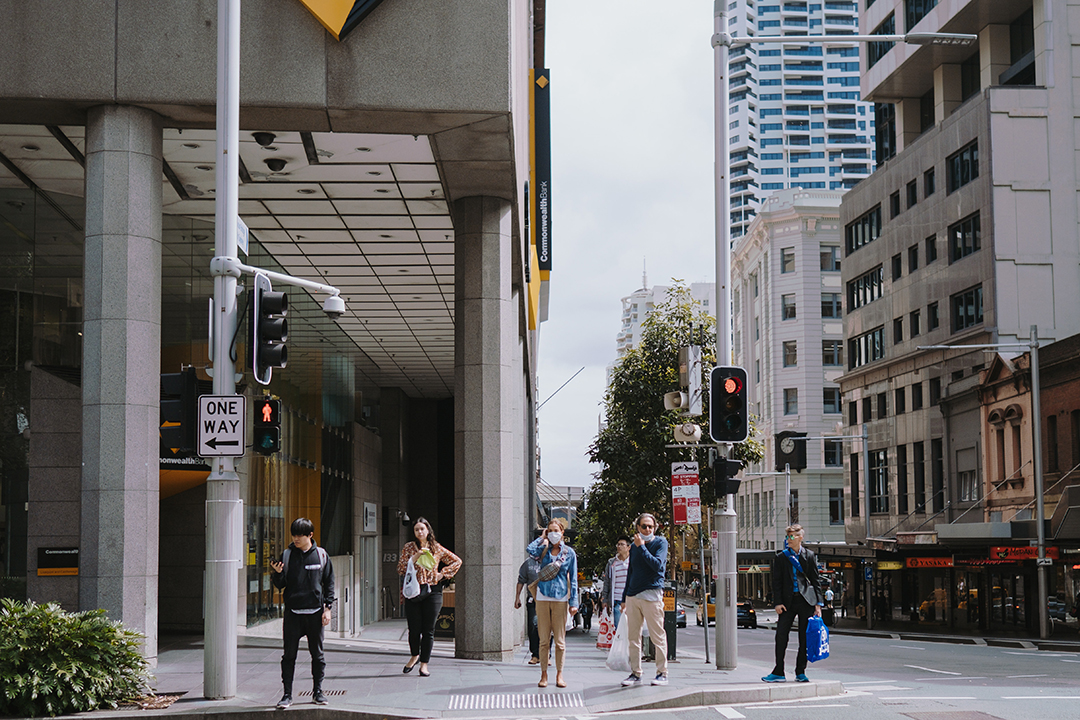By Kristen Mitchell
A George Washington University School of Engineering and Applied Science professor has been working on a research project to eliminate bottlenecks at a COVID-19 testing site in Maryland, using modeling to identify processes that could be improved to deliver test results faster and slow community spread.
“There have been so many significant delays in COVID-19 testing. You hear about people waiting for eight days to get their results back,” said Erica Gralla, associate professor in the Department of Engineering Management and Systems Engineering. “These kinds of models can help us to see what is going to be the turnaround time for results when you have different demands on the testing system. If there's one step that’s slowing everything down, we can find that bottleneck, and then we can play with ideas for how to alleviate it.”
Dr. Gralla studies operations and supply chain management in disaster response and other urgent or uncertain environments. Before the pandemic she was working with colleagues from the University of Maryland School of Medicine and Polytechnique Montréal on identifying barriers to implementing new cervical cancer screening methods in Peru based on detection of high-risk human papillomavirus (hrHPV) infection. HR-HPV is the primary cause of cervical cancer and is detected using a polymerase chain reaction (PCR) test. Scientists have used the same technique to detect COVID-19. The interdisciplinary research team pivoted last year when it became clear that COVID-19 testing delays were complicating efforts to slow transmission. SEAS graduate student Jad El Hage is also involved in this project.
This research was funded by the Gordon and Betty Moore Foundation through Johns Hopkins University to support the work of the Society for Medical Decision Making COVID-19 Decision Modeling Initiative.
The team focused their efforts on a specific COVID-19 testing lab in Maryland and identified a step in the process—manually taking the swab out of the sample tube after completed testing—as a bottleneck that slowed the overall workflow. The research team’s model showed the lab could double their capacity by improving this step in the process. They shared these findings with community stakeholders and decision makers in a preliminary report and recent workshops.
“Stakeholders need to think about this from a systems perspective and an operations perspective, or the details of the implementation overwhelm the performance, as we've seen with testing from day one in the U.S.,” Dr. Gralla said. “These models are not the only answer, but they're part of the answer.”
The team plans to expand the scope of their work and design adaptable models that can help COVID-19 testing labs around the world scale up operations and remove bottlenecks. These tools would enable labs to get customized feedback based on information they input about their equipment, the number of daily samples they process, staff on hand, their information systems for sharing results and more. Being able to adjust inputs also enables decision makers to try out ideas for improving the process without disrupting workflow in real time, Dr. Gralla said.
Dr. Gralla recently started working with GW’s COVID-19 testing lab and is ultimately planning to adapt the model to examine GW’s processes.
While many in the United States are focused on vaccine distribution, robust COVID-19 testing will play a significant role in a return to the new normal, Dr. Gralla said. There are currently no vaccines approved for children below the age of 16 and vaccine access remains limited in many other parts of the world.
PCR testing will continue to provide insight on community transmission and empower communities to make informed decisions about reopening plans, particularly as highly-infectious variants mutate and spread, she said.
“Vaccines are a really good part of the solution, but COVID-19 is going to be with us for a long time,” Dr. Gralla said.





